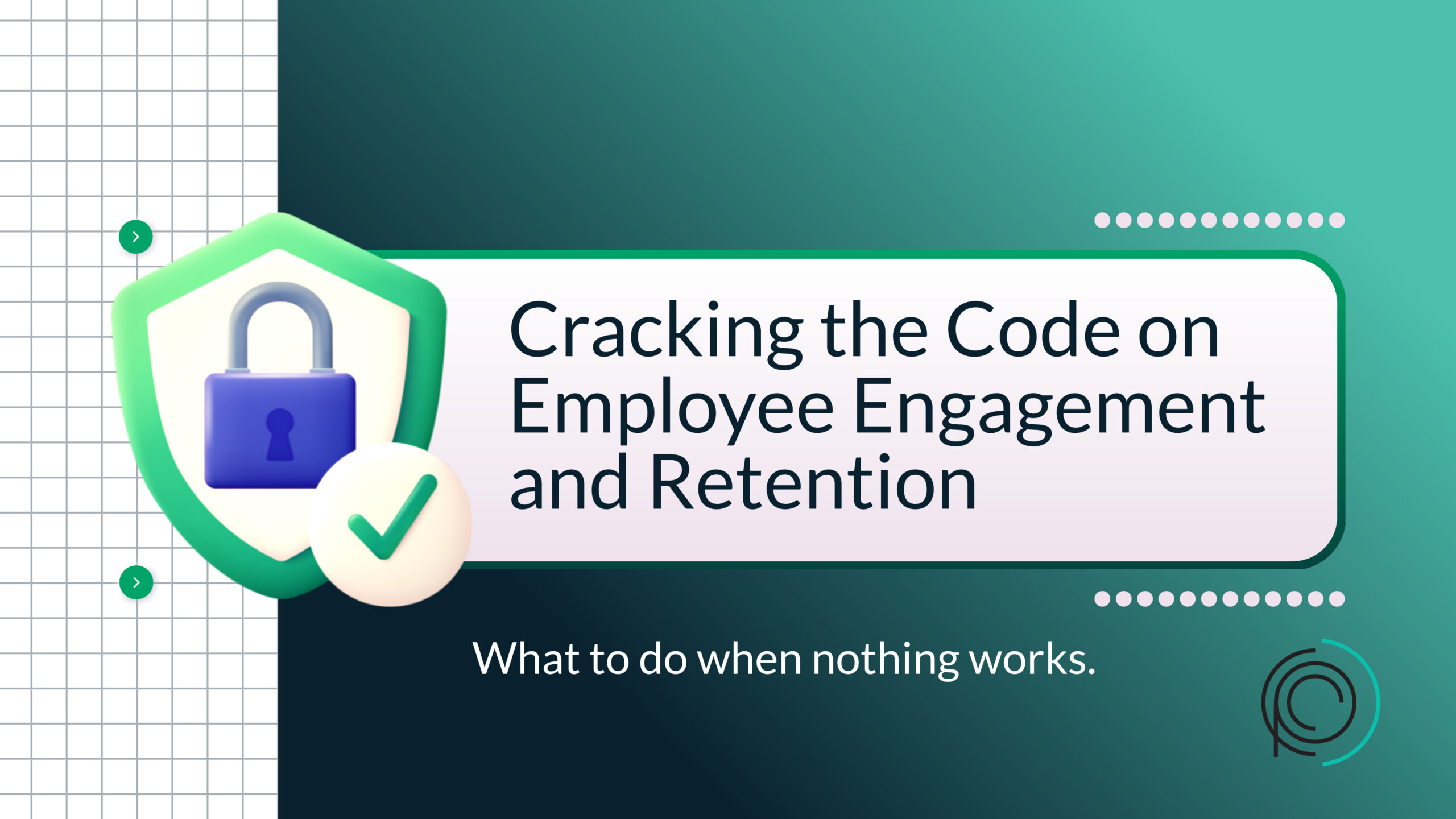Navigating Complexity: Mastering the Dual Dynamics of Internal and External Supply Chains for Strategic Success
Managing a supply chain has always been a complex and daunting task for businesses of all sizes. In today’s rapidly globalizing economy, the intricacies of orchestrating a supply chain have escalated tremendously. The supply chain’s landscape is now dotted with an ever-increasing roster of stakeholders, ranging from the procurement of raw materials, navigating the nuances of manufacturing processes, and overseeing the logistical challenges of shipping, to the strategic management of warehousing and distribution. This sprawling network of interconnected activities has amplified the challenges of supply chain management.
In this in-depth blog post, we will delve into the nuanced interplay between internal and external supply chains and underscore their critical importance in the broader business ecosystem. We will examine how these complex networks of operations not only drive the efficiency and effectiveness of businesses but also how they can serve as a lever for strategic advantage and market differentiation. Furthermore, we will provide actionable insights and strategies for businesses looking to refine and optimize their supply chains. By adopting a holistic approach to supply chain management, businesses can unlock new dimensions of operational excellence, ultimately propelling them towards achieving unparalleled business success.
The internal supply chain is a critical component of an organization’s overall strategy, encompassing the intricate process of managing logistics, operations, and flows within a company. This complex system includes a variety of activities such as the procurement of raw materials, management of inventory levels, the manufacturing of products, and the packaging and preparation for shipment. It’s a comprehensive approach designed to optimize efficiency and reduce costs, ensuring that every step from production to delivery is executed with precision.
On the other hand, the external supply chain extends beyond the boundaries of the individual organization, involving a network of several entities. It focuses on the management of the flow of goods, information, and services between various organizations including suppliers, manufacturers, distributors, and customers. This part of the supply chain is vital for ensuring that the products reach the end customers in a timely and efficient manner. It requires a high level of coordination and collaboration among all parties involved to navigate the complexities of global trade, regulations, and market demands.
Both the internal and external supply chains are deeply interdependent, with the success of one often hinging on the efficiency and effectiveness of the other. Organizations must invest in strong supply chain management practices to ensure that these two components work together seamlessly. This synergy is crucial for achieving the ultimate goal of delivering high-quality products to end customers, meeting their expectations, and driving business success. By understanding and optimizing these interconnected supply chains, organizations can create a competitive advantage, enhance customer satisfaction, and achieve operational excellence.
A crucial aspect of effectively managing the intricate interplay between internal and external supply chains, as outlined in detail at https://cpcchangeagent.com/post/is-your-internal-supply-chain-important/, involves a deep understanding of your business’s day-to-day operations and fostering robust communication between your supply chains. It is imperative for organizations to establish clear and open communication channels between these two critical supply chains to achieve seamless coordination and operational efficiency.
For instance, before a company commits to fulfilling customer orders, it should have a comprehensive understanding of its production capacity, including any potential bottlenecks or limitations that might affect its ability to meet demand. This involves not only an assessment of current capabilities but also an anticipation of future needs and challenges.
Moreover, if an organization encounters any constraints or limitations within its internal supply chain, such as production delays, raw material shortages, or manpower issues, it is essential to proactively communicate these challenges to the external supply chain manager. This level of transparency and ongoing dialogue allows the external supply chain to adjust its strategies accordingly. For example, the external supply chain manager can then plan and allocate sufficient resources, including transportation, warehousing, and inventory management, to ensure that customer requirements are met without delay or compromise.
Additionally, fostering a collaborative environment where information and updates are shared freely between the internal and external supply chains can lead to innovative solutions and improvements. By closely aligning these two aspects of the supply chain, organizations can better anticipate changes in demand, respond more effectively to market dynamics, and ultimately, provide a higher level of service to their customers.
This synergy not only enhances operational efficiency but also strengthens the overall competitiveness of the business in the market. By prioritizing clear communication and collaborative planning between internal and external supply chains, companies can navigate the complexities of modern supply chain management more effectively, ensuring that they remain agile, responsive, and customer-focused in an ever-changing business landscape.
Effective communication between internal and external supply chains is not just beneficial but essential for comprehensive risk management. The seamless success of an organization’s supply chain hinges on the meticulous process of identifying, thoroughly analyzing, and effectively mitigating risks. Establishing robust communication channels between the internal and external supply chains significantly aids businesses in pinpointing potential risks. These risks can range from geopolitical instability, which can disrupt trade routes and supply lines, to disruptions in production processes due to equipment failure or labor disputes. Furthermore, natural disasters such as earthquakes, floods, or hurricanes can have devastating impacts on supply chain operations. By fostering good communication, organizations can proactively gather intelligence on these potential threats and devise strategic plans to address them. This preemptive approach allows for the implementation of contingency plans, such as diversifying suppliers or stockpiling critical inventory, which ultimately helps to safeguard their supply chains against unforeseen disruptions. In sum, enhancing communication across all segments of the supply chain is a critical strategy for organizations aiming to maintain operational resilience and ensure the uninterrupted flow of goods and services.
Innovation plays a pivotal role at the junction where internal and external supply chains converge. It’s imperative for organizations to secure a competitive advantage to stay ahead in the fiercely competitive market. Achieving this necessitates a focus on fostering innovation across both internal and external facets of the supply chain. For example, proactively collaborating with external business partners can usher in a wave of fresh ideas and innovative practices. This collaboration has the potential to revolutionize the production process or lead to the design of groundbreaking new products, setting a company apart from its competitors.
Furthermore, the rapid advancement of technology presents a wealth of opportunities for businesses aiming to refine their supply chain operations. By leveraging cutting-edge technological solutions, companies can significantly enhance the oversight and optimization of their supply chains. The implementation of innovative technologies, such as AI-driven analytics for demand forecasting or blockchain for greater transparency and security, can streamline processes and improve efficiency. These enhancements contribute to substantial cost reductions, elevate customer satisfaction levels, and reinforce the supply chain’s resilience against disruptions.
In essence, innovation in the supply chain is not just about integrating new technologies; it’s about creating a culture of continuous improvement and collaboration. Engaging employees, suppliers, and customers in the innovation process ensures that fresh, actionable insights are continually injected into the supply chain, driving efficiencies, and fostering a sustainable competitive edge. By prioritizing innovation in both internal and external supply chains, companies can achieve superior performance, adaptability, and growth in today’s dynamic market landscape.
In conclusion, it is absolutely essential for businesses to understand the complex interplay between internal and external supply chains. This understanding is not merely beneficial but critical in efficiently meeting the rapidly changing demands of their customers. By fully grasping how these two facets of the supply chain interact, businesses can optimize their operations, ensuring that products are not only delivered to the right place at the right time but also in the most cost-effective way possible. This depth of understanding allows for the anticipation of potential disruptions and the implementation of strategic measures to mitigate them, thereby maintaining a smooth and efficient supply chain that can adapt to any challenges that may arise.
To optimize their supply chains, organizations must first establish robust communication channels. Clear and open communication within the organization and with external partners helps in identifying bottlenecks and facilitates smoother operations. Secondly, identifying and mitigating risks is essential. This involves analyzing potential supply chain disruptions and developing contingency plans to address them, thus ensuring business continuity in the face of unforeseen events. Lastly, innovation is key to staying ahead of the competition. This could involve adopting new technologies, exploring sustainable supply chain practices, or finding more efficient logistics solutions.
By adopting these strategies, companies can develop a cohesive and effective supply chain. This approach not only boosts customer satisfaction through dependable service and consistent product availability but also elevates financial outcomes by minimizing waste and maximizing efficiency. In essence, a skillfully managed supply chain plays a crucial role in achieving business excellence and securing a competitive edge.
If your business is currently experiencing challenges in managing the complex interplay between internal and external supply chains, it might be beneficial to seek expert advice. Consider booking a consultation to explore potential solutions and strategies tailored to your specific needs. This can provide valuable insights into how to streamline your supply chain for better performance and resilience.







